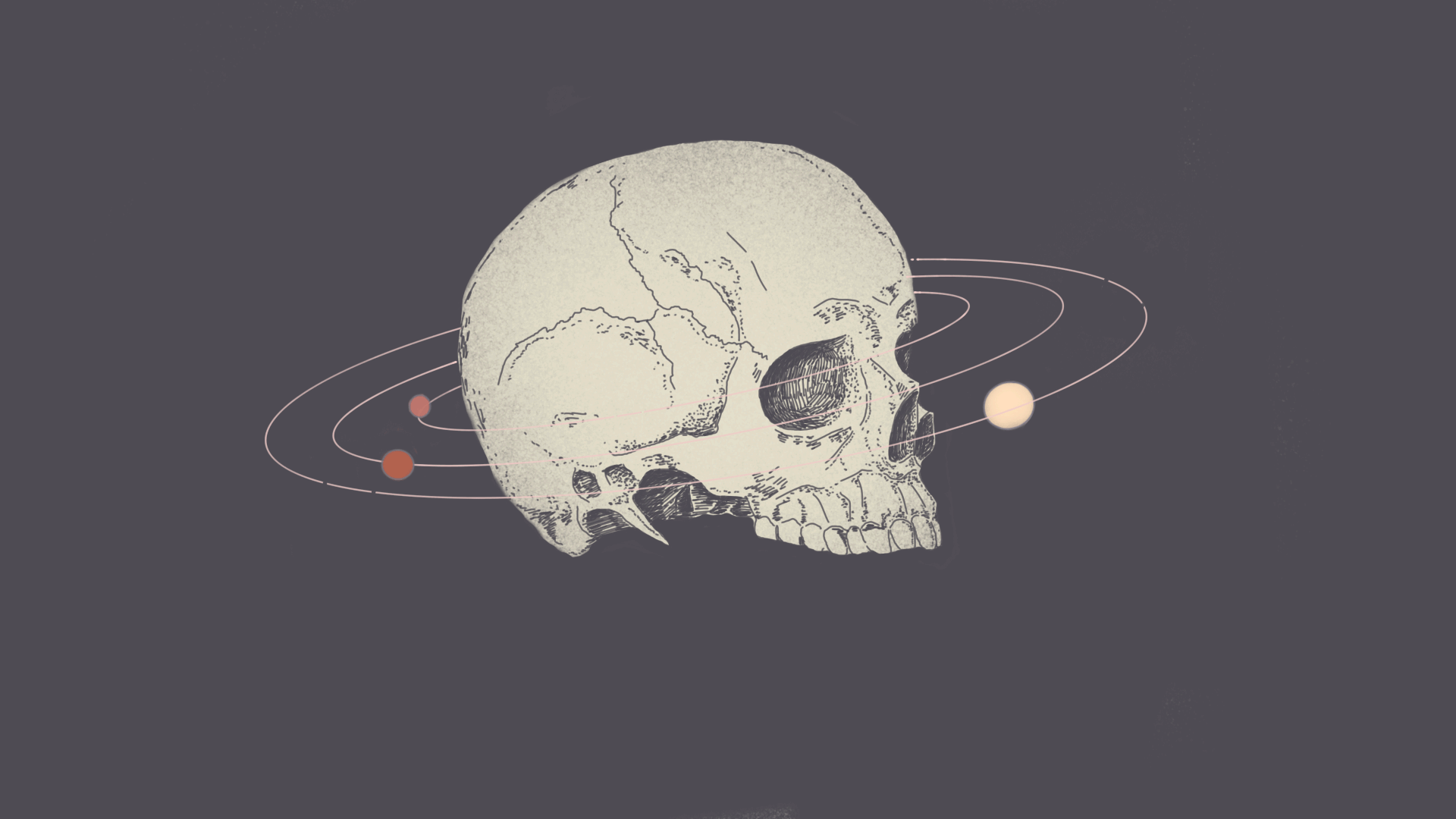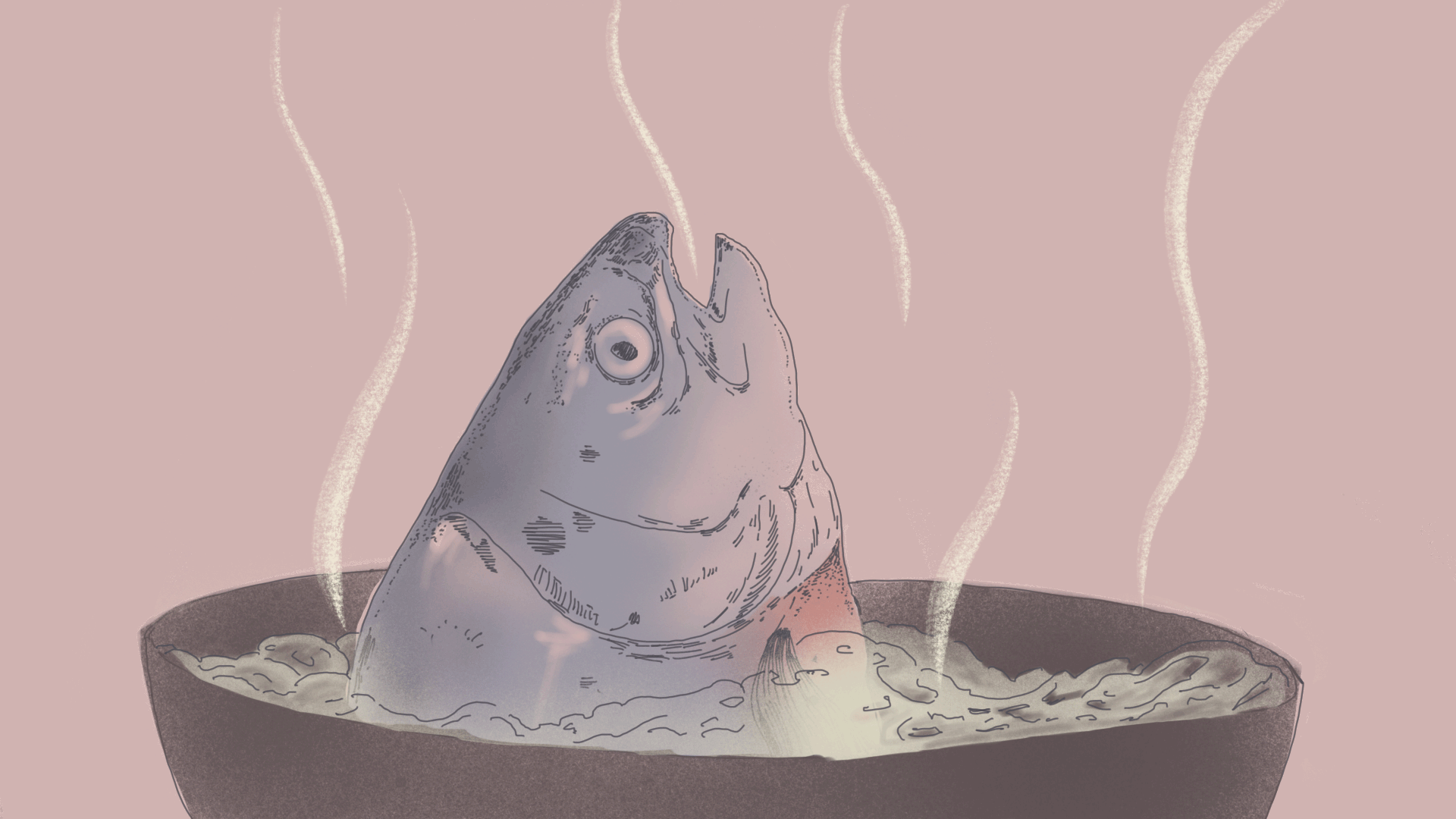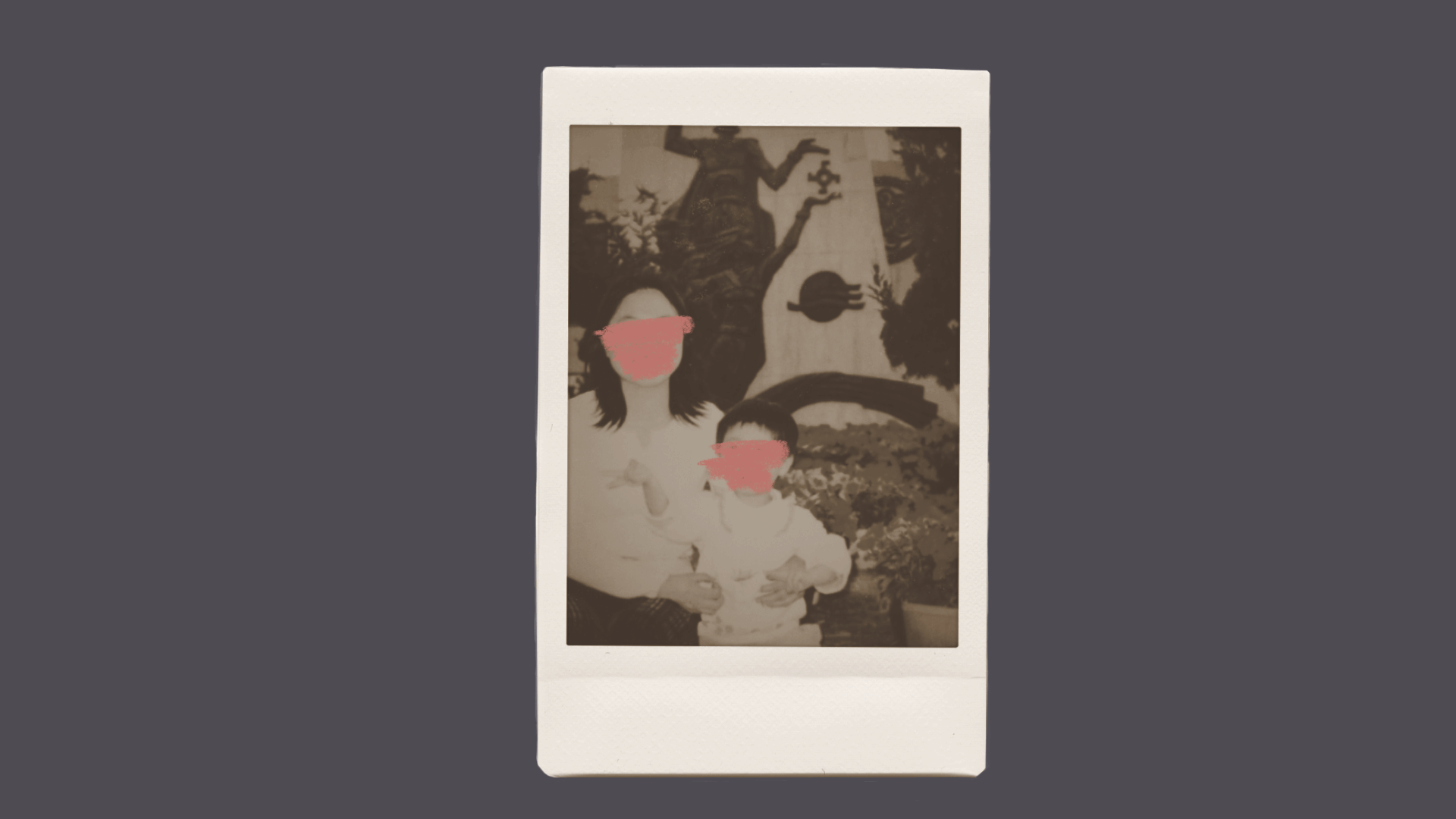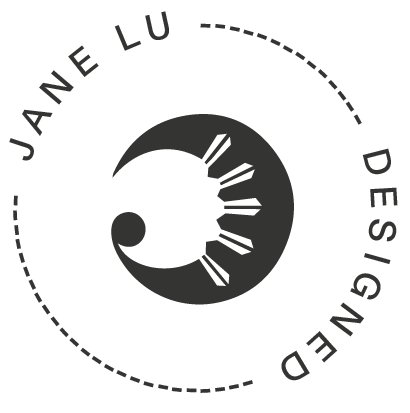
An Interactive Piece of Cyborg Feminist Poem
DATE
Original: December, 2019
Update: November, 2022
CATEGORY
Interactive Installation, Motion Graphic
DESIGNER
Jane Lu
CREDIT
Advanced Studio:
Motion Graphic at California College of the Arts
For more information about the original publication,
check out: https://www.frannychoi.com/books
Original: December, 2019
Update: November, 2022
CATEGORY
Interactive Installation, Motion Graphic
DESIGNER
Jane Lu
CREDIT
Advanced Studio:
Motion Graphic at California College of the Arts
For more information about the original publication,
check out: https://www.frannychoi.com/books
Soft Science:
A Cyborg Feminist Poem
Soft Science is a collection of poems written by Franny Choi, it deals with technology and language relationship with technology, as well as themes of identity, which this interactive multimedia chatbot is inspired from.
Taking inspiration from Franny’s work, especially the poems which are written in the structure of a Turing Test conversation, this audio-visual chatbot took those prompts, and answered with response in text and video format which generated by pre-trained deep learning models
The installation consists of a charbot powered by a pre-trained deep learning modal with inputs from soft science poem, a cherry mechanical keyboard for typing interaction phase, a Macbook Pro as computing center and video display, and a vintage Samsung CRT monitor as chatbox dialogue display. During the interaction, we encouraged participants to type freely-formed questions to chatbot as if they were running a turing test. As a result, the chatbot would analyze subjects’ input, and generate answers from trained models. Specifically, we manually design some video answers as breakpoints for certain questions to increase the level of participants' immersiveness and machine intelligence.
A Cyborg Feminist Poem
Soft Science is a collection of poems written by Franny Choi, it deals with technology and language relationship with technology, as well as themes of identity, which this interactive multimedia chatbot is inspired from.
Taking inspiration from Franny’s work, especially the poems which are written in the structure of a Turing Test conversation, this audio-visual chatbot took those prompts, and answered with response in text and video format which generated by pre-trained deep learning models
The installation consists of a charbot powered by a pre-trained deep learning modal with inputs from soft science poem, a cherry mechanical keyboard for typing interaction phase, a Macbook Pro as computing center and video display, and a vintage Samsung CRT monitor as chatbox dialogue display. During the interaction, we encouraged participants to type freely-formed questions to chatbot as if they were running a turing test. As a result, the chatbot would analyze subjects’ input, and generate answers from trained models. Specifically, we manually design some video answers as breakpoints for certain questions to increase the level of participants' immersiveness and machine intelligence.
Installation
INTRODUCTION
Inspired by the Turing Test, the chatbot shapes an unique interactive testing experience for the audience. It allows the audience to ask questions and get answers in a multimedia manner, that the answer is interleaving with text and video format.
Inspired by the Turing Test, the chatbot shapes an unique interactive testing experience for the audience. It allows the audience to ask questions and get answers in a multimedia manner, that the answer is interleaving with text and video format.

IMPLEMENTATION
To build the deep learning modal behind chatbot, we first define users' intents and map responses by category through selecting poem pieces from soft science. Next, we vectorize our text data corpus by tokenizer and remove punctuations and unrelated words. Then we trained our neural network architecture for the proposed model, and implemented a chat function by calculating the similarity between the received inputs and training data category. The chatbot will then return answers from the category with highest confidence. Specifically, we designed some breakpoints for certain categories, and filled with pre-designed video material instead.
To build the deep learning modal behind chatbot, we first define users' intents and map responses by category through selecting poem pieces from soft science. Next, we vectorize our text data corpus by tokenizer and remove punctuations and unrelated words. Then we trained our neural network architecture for the proposed model, and implemented a chat function by calculating the similarity between the received inputs and training data category. The chatbot will then return answers from the category with highest confidence. Specifically, we designed some breakpoints for certain categories, and filled with pre-designed video material instead.







The idea of two screens is to draw the differences between text and video responses, as a representative of past and present, and also the correlations of the inner identity and the memories.
Video
For the video clips, we took the excerpts from the poems, cut, analyze and reorganize them into chronicle fashion to complete the Turing Test. Taking the approach with stop frame animation and illustration, we visualize each ideas into moving pictures.




Clips from the video
